| Last week I got the text from City Weekly, "It's Official, Congratulations!" I flipped through the edition to read: Best Physical Therapist, Susan McLaughlin. I am honored and grateful for the people in our community who support local, private practices and businesses. Thank you, thank you, thank you for your vote! The online version of the Best of Utah Body & Mind 2020 edition can be viewed now. As of last week they were not sure when it would get to print. |
|
Susan McLaughlin is a physical therapist who specializes in the management of pelvic floor and orthopedic dysfunctions. She is the owner of ALIGN integration|movement in Salt Lake City, UT. Helpful tips and other self care strategies can be found at www.alignforhealth.com.
0 Comments
I know that people may wonder: "What good can a video session do?" or "I have my doubts about a video session." I would like to share a little bit about what a video session would be like: 1. Checking in and gathering information just as I would at the beginning of every session. 2. I will assess a few things such as movement, breathing, postural alignment, positioning, etc. 3. Based on info gathered from the observation and assessment, we will go through a process of reeducation of your systems to allow your body to heal. The primary systems we will be addressing and reeducating are: -The Nervous System -The Musculoskeletal System -The Fascial System -The Pressure Management System -The Organs -Breathing Patterns 4. I will guide you through movements and exercises to address your individual needs. 5. One of the keys to healing is to create an environment in which the system is optimized, even if the change is 5-10% we can move toward the path of healing. We are creatures of habit and we have behaviors and movement patterns that we have used as strategies to make it through our lives. Most of the time, we are not aware of the patterns that are driving our behavior or movements. This is where I come in: in the assessment process, I can see the pattern that might be driving the pain cycle or other issue. And I can share with you the tools that can help you break out of the cycle. 6. You will be given a home program to work on daily. We will follow up in a week and we will continue to build on the progress you made in that last week. You don't have to wait out the pain or the Postpartum Recovery or the Pregnancy pain..... Let's do this! Another testimonial from a video session: "I had the pleasure of experiencing Susan’s work via one hour video session. I stayed in my own living space at my home, and I used a specific room set up for my own quiet hours. I spent time quieting my own mind to better receive her instructions. Susan is very in tune even by video. I appreciated her patience and kind suggestions, and she was very aware of my own state even though we were not in the same city! VERY cool. Susan’s work with her hands could be literally felt even though this was via live video.... and I know it was not just my imagination, for sure. She guided my awareness and focus to areas of my body that I had not been paying attention, and through her own finely attuned skills , she verbally assisted , giving gentle guidance and feedback, helping to ease those areas of needing attention. It TOTALLY WORKS. Receiving that verbal guidance and feedback throughout this hour was AMAZING. Having had many injuries and surgeries, there have been dozens and dozens of people in the medical field and in several arms of body work that have had hands on me for various reasons. I have been able to sense the authenticity of each person. There have been only small few that have had clear intention, a purity of heart, AND a healthy amount of talent WITH mastery skills. Susan is one of those few rare people: she has great experience, generous skills and training, as well as a pure heart and mind that truly has the intention to help and heal. I found the experience to feel very uplifting and I felt very cared for..... which is essentially who Susan IS as an expert practitioner. All in all, it was a very positive experience! I certainly felt better and better over the hour we worked, as well as better and better through the day. It was a wonderful “we” experience as a team, a positive home run! I would definitely recommend it, especially right now, keeping us safe at home.:) I look forward to my own further sessions with Susan as well." -SN Susan McLaughlin is a physical therapist who specializes in the management of pelvic floor and orthopedic dysfunctions. She is the owner of ALIGN integration|movement in Salt Lake City, UT. Helpful tips and other self care strategies can be found at www.alignforhealth.com.
Healthy spines need movement; healthy bodies need movement! Every spinal segment is like a cog in a wheel, when one section or vertebrae moves, the other follows suit, just like the chain moving around the crank shaft. Over the course of our lifetimes we get bogged down by tensions, holding patterns and loads that limit the mobility of the spine. Our nerves that travel to our organs, muscles, and skin exit the spine and span outward to their destination. For the health of your nerves, your lower extremities, core, organs, upper extremities and head, get a move on! Explore your spinal movement
Link to Anatomy in Motion's, Wake your body up! Susan McLaughlin is a physical therapist who specializes in the management of pelvic floor and orthopedic dysfunctions. She is the owner of ALIGN integration|movement in Salt Lake City, UT. Helpful tips and other self care strategies can be found at www.alignforhealth.com.
Lipton goes on to share how scientists started to veer from the environment model after Watson and Crick‘s revelation of DNA’s genetic code. Genetic determinism has since become the belief of our modern culture: genes determine biology. Succumbing to the hypothesis that genes control our lives, we have an “excuse” to become victims of heredity. Today’s diseases, like heart disease, diabetes, arthritis and cancer are not the result of a single gene, but a complex interaction of many genes and environmental factors. The latest scientific research has debunked the hypothesis of gene control to show that “when a gene product is needed, a signal from its environment, not the emergent property of the gene itself activates the expression of that gene.” (1) The birth of epigenetics is the forefront of science. What we now know is that "the DNA blueprints passed down through genes are not set in concrete at birth. Environmental influences, including nutrition, stress and emotions can modify those genes." (1) Similar to Lipton’s cells in a petri dish, babies in utero can be primed for optimal growth and health. Epigenetic research is revealing that early life experiences can influence brain development towards either social engagement or defense. The research shows that the quality of early childhood care has a definite impact on gene expression. If the early environment is safe, and nurturing: full of loving touch, engagement and fulfillment of needs, the baby will be “programmed” for living in connection with other people. They grow to have more resilience, empathy and cognitive flexibility. Whereas, if a baby is in an environment that is harsh, inconsistent or insensitive to its needs, then the brain will be “programmed” for survival: being slow to trust, hypervigilant and defensive. They are more at risk for depression, social anxiety and stress disorders (2). Optimize Your EnvironmentUnfortunately, many of us don’t grow up in a nurturing environment. But as Bruce Lipton says in his book, “...when the environment was less than optimal, the cells faltered. When I adjusted the environment, these ‘sick’ cells revitalized.” As adults we can change the signals to optimize the environment for growth. Environment and behavior CAN change your life! When I began my healing journey years ago, I asked myself: How can I create an environment to allow my cells to be vital and healthy? In my own personal quest, I have directed my focus on creating an optimal environment for my wellbeing through wellness practices, alignment principles and healing my childhood wounds. Consistent practice of relaxation techniques, postural alignment, and observation of my movement habits laid the foundation for me to be more efficient in the use of my body, and in that, I was able to come out of 10 years of chronic low back and sacroiliac pain. Now that I have been out of pain, I continue to nurture my health and healing on a daily basis. Here are some suggestions to optimize your environment for wellbeing:
References: 1. Lipton, B (2005). The Biology of Belief. Santa Rosa, CA: Elite Books. 2. Powledge, T. (2011) Behavioral Epigenetics: How Nurture Shapes Nature BioScience 61: 588-592. Susan McLaughlin is a physical therapist who specializes in the management of pelvic floor and orthopedic dysfunctions. She is the owner of ALIGN integration|movement in Salt Lake City, UT. Helpful tips and other self care strategies can be found at www.alignforhealth.com.
What is Pre and Perinatal Psychology?
"Prenatal and perinatal psychology is the interdisciplinary study of the earliest periods in human development, including conception, time in the womb, experiences during and after birth, and experiences with caregivers and the family system through the first year following birth. Theory and research in multiple disciplines, including embryology, morphogenesis, bioengineering, evolutionary biology, psychophysiology, behavioral perinatology, neurobiology affective neuroscience, attachment, and traumatology, provide the foundation for the exploration of how experiences during this critical developmental period impact an individual. Knowledge from these fields illuminates the physical, cognitive, social, and emotional impacts of our earliest experiences and how they form enduring response patterns that shape our development, behavior and health over the life span" (1).
The Reader's Digest version of this definition: Our health throughout our lifespan is shaped in the womb and within the first few years. Our nervous system, our beliefs & behaviors are primed and imprinted by our environment: our birth mother and our primary caregivers.
Why is the perinatal period important to human development?
What is possible?
Potential parent/s can prime the environment for baby's success:
References:
1. Ann Diamond Weinstein, Prenatal Development and Parents' Lived Experiences (W.W. Norton & Company, 2016), p 5. 2. Kate White, MA, LMT, & Myrna Martin, MN, RCC, RCST, "Pre and Perinatal Experiences For Health & Healing," Pathways to Family Wellness Issue 36. 3. Wendy Anne McCarty, PhD, RN, DCEP & Marti Glenn, PhD, "Investing in Human Potential From the Beginning of Life: Key to Maximizing Human Capital," Journal of Prenatal and Perinatal Psychology and Health 23 (2), Winter 2008.
Susan McLaughlin is a physical therapist who specializes in the management of pelvic floor and orthopedic dysfunctions. She is the owner of ALIGN integration|movement in Salt Lake City, UT. Helpful tips and other self care strategies can be found at www.alignforhealth.com.
Exercises to promote vagal tone
Healing the nervous system is a process. We have many layers to support and unfold. These five tools above can get you started. I look forward to support you on your healing journey. Susan McLaughlin is a physical therapist who specializes in the management of pelvic floor and orthopedic dysfunctions. She is the owner of ALIGN integration|movement in Salt Lake City, UT. Helpful tips and other self care strategies can be found at www.alignforhealth.com.
Breath is the one thing we can do to mediate the ANSOne of the first tools I go over with clients is to reeducate proper breathing mechanics. Most of the clients that I work with have pain or are wanting assistance to heal from leaking urine, prolapse or abdominal wall separation. Getting movement in the core system and regulating the nervous system are top priority for healing, therefore, breathing is the bridge between the range of motion of the core team AND the ANS. For most of us, breathing is unconscious, and we have developed strategies to just get by, such as shallow breathing, open mouth breathing, shoulder and neck breathing, etc. In order to heal, we need to get out of a habitual pattern, change the loads, get better oxygen and carbon dioxide balance in order for the blood to deliver the oxygen molecule to the tissues. Optimal Breathing Pattern. The importance of CO2 as well as O2Breathing variations to mediate the ANS: Coming back to the safety zone or green light
Susan McLaughlin is a physical therapist who specializes in the management of pelvic floor and orthopedic dysfunctions. She is the owner of ALIGN integration|movement in Salt Lake City, UT. Helpful tips and other self care strategies can be found at www.alignforhealth.com.
The Autonomic Nervous System: Polyvagal TheoryIn 1994, Professor Stephen Porges proposed the Polyvagal Theory. In this seminal work he describes the autonomic nervous system in more detail. Rather than a 2 part system balance of sympathetic "fight or flight" and parasympathetic "rest or digest", he acknowledges the evolutionary nervous system development that brings the humaneness into being human such as connection, social engagement, relationship, and the ability to have team work and community. One of the best explanations of the Polyvagal Theory that I have heard is by Stephen's son, Seth. I have posted the video below. Please watch, and then watch again. Polyvagal analogy of the traffic light:
Nervous System Regulation: The Still Face ExperimentAs humans we are wired to connect. We need to have connection and safety to build a healthy nervous system. If you watched Seth's video above, you now have a deeper understanding of this. Because the nervous system is so subtle, and because many of us have had "bad stuff/trauma" happen to us, (we can be stuck in a freeze state or amped up into hyperarousal, or stuck in both states) we don't always "get" this understanding of how important it is to heal at a nervous system level. The still face experiment exemplifies what happens to the nervous system and subsequent behavior when connection and safety is withheld. The above video can be hard to watch. In just 3 minutes of non responsiveness from the mother, the child turns her head and body away; she withdraws with a hopeless expression on her face. To use the traffic light example, in the beginning we see activation of the green light, then mom becomes non responsive, the child escalates to the yellow light and when mom continues not to respond, the child collapses into the red light. Fortunately, this was an experiment, and mom comes back to engage and repair to green light. Now what? How does this apply to me?Our nervous system impacts our entire well being: emotionally, relationally, mentally and physically. Common signs of dysregulation: depression, anxiety, numbed out, brain fog/can't concentrate, procrastination/resistance, chronic pain, gut issues, headaches, severe PMS, autoimmune disorders, hormone issues, pain, etc. You may also find yourself continually getting injured or wanting to take your exercise to the next level and you end up hurting your back (knee, shoulder, foot, etc), or you keep going to the chiropractor and they tell you that you aren't holding your adjustments or you look in the mirror and notice that your body rests in rotation (one shoulder is higher or your head slightly tilts, etc). We all have layers and layers of "stuff" that has happened to us over the years, some more than others. By acknowledging that this "stuff" is held in our nervous system (and thus, our organs and connective tissues) we can start to become more vital by reconnecting & regulating our nervous system. As Seth mentions in the video above, breath is key to mediating the autonomic nervous system. In my next blog I will explore some breathing options to facilitate a relaxation response. If you are interested in learning how to be more ALIVE in your body, there are some great books and online programs available to get started:
Susan McLaughlin is a physical therapist who specializes in the management of pelvic floor and orthopedic dysfunctions. She is the owner of ALIGN integration|movement in Salt Lake City, UT. Helpful tips and other self care strategies can be found at www.alignforhealth.com.
Our Pelvis, Spine And Head Are Mobile... or I should say, We Want Them To Be MobileMany of the clients who walk into my office with hip, back or pelvic pain share some common features:
Movement drills to bring in neuromuscular re-education to these areas:
2. Get the hips moving. Explore hip flexion and extension in quadruped (hands and knees or forearms and knees). Make sure that the spine is neutral (refer to the spine pic above for a visual of our spinal curves) so you can make sure to get into the hips. If the lumbar spine moves into flexion as you rock back, this means that you are not accessing the tissues of the hip joint.
Susan McLaughlin is a physical therapist who specializes in the management of pelvic floor and orthopedic dysfunctions. She is the owner of ALIGN integration|movement in Salt Lake City, UT. Helpful tips and other self care strategies can be found at www.alignforhealth.com.
A healthy core is a core that moves.Breathing brings vital movement to the core: expansion/compression of the ribcage, diaphragm, abdominals and pelvic floor. How do you breathe? Where do you breathe? Can you feel your ribs expand on inhale and compress on exhale? Does your pelvic floor lengthen on inhale and shorten on exhale? Does your back move with your breath? For most people, the answer is "I don't know." I really like to have my clients load the body in different positions in order to explore variations of breathing which can help them connect to their core. In the breathing circuit video posted below, I go through 3 positions plus a typical "core stabilization" exercise:
Susan McLaughlin is a physical therapist who specializes in the management of pelvic floor and orthopedic dysfunctions. She is the owner of ALIGN integration|movement in Salt Lake City, UT. Helpful tips and other self care strategies can be found at www.alignforhealth.com.
|
AuthorSusan McLaughlin, FEEL GOOD SERIES:
|
|
|
Archives
November 2022
May 2022
November 2021
April 2021
December 2020
September 2020
July 2020
June 2020
May 2020
April 2020
February 2020
October 2019
September 2019
August 2019
July 2019
March 2019
January 2019
December 2018
November 2018
September 2018
August 2018
June 2018
March 2018
February 2018
January 2018
December 2017
November 2017
October 2017
August 2017
July 2017
May 2017
March 2017
February 2017
January 2017
December 2016
November 2016
September 2016
August 2016
July 2016
June 2016
May 2016
April 2016
February 2016
January 2016
December 2015
November 2015
October 2015
September 2015
August 2015
July 2015
June 2015
May 2015
February 2015
January 2015
December 2014
November 2014
October 2014
August 2014
June 2014
May 2014
March 2014
February 2014
January 2014
December 2013
November 2013
October 2013
August 2013
July 2013
June 2013
May 2013
March 2013
January 2013
December 2012
November 2012
October 2012
September 2012
August 2012
July 2012
June 2012
May 2012
April 2012
March 2012
February 2012
January 2012

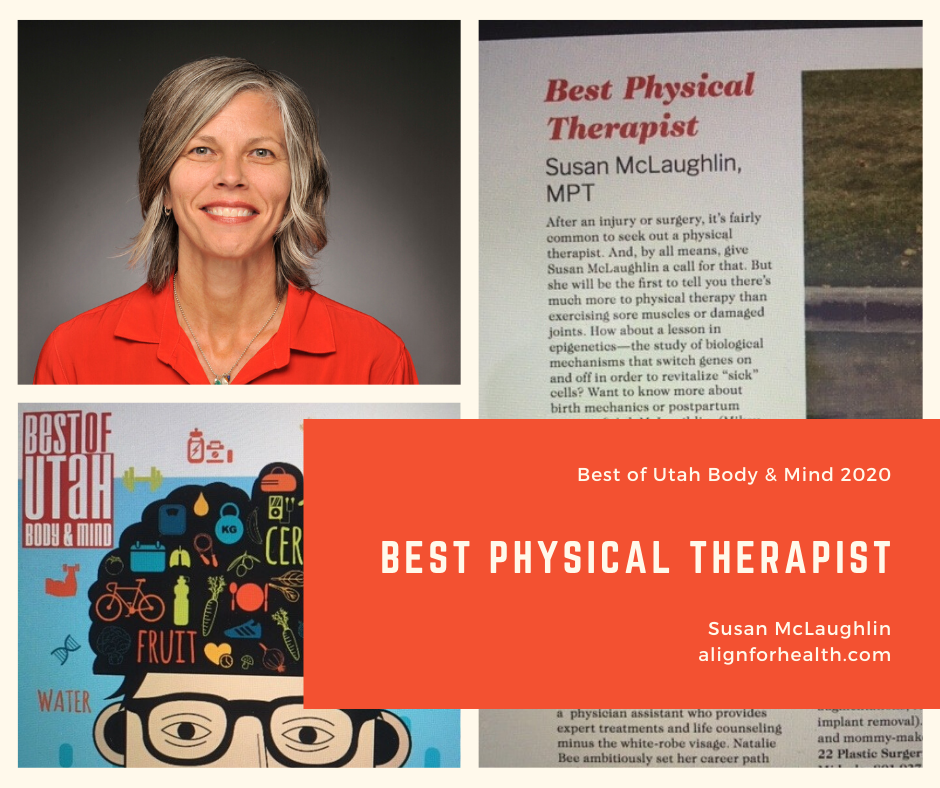
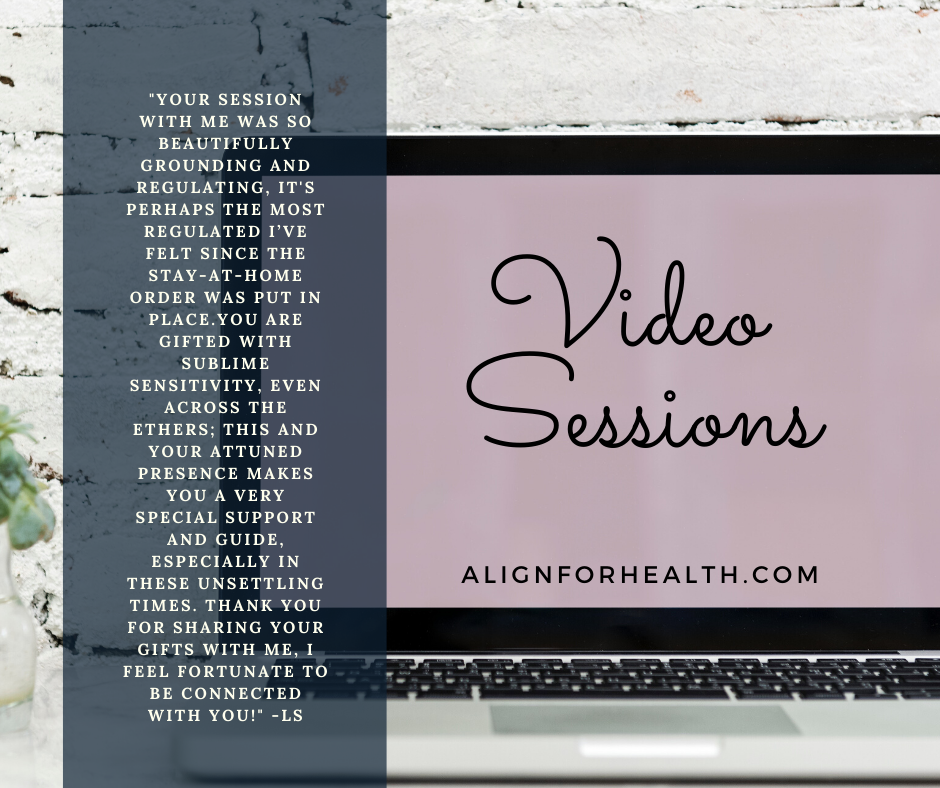





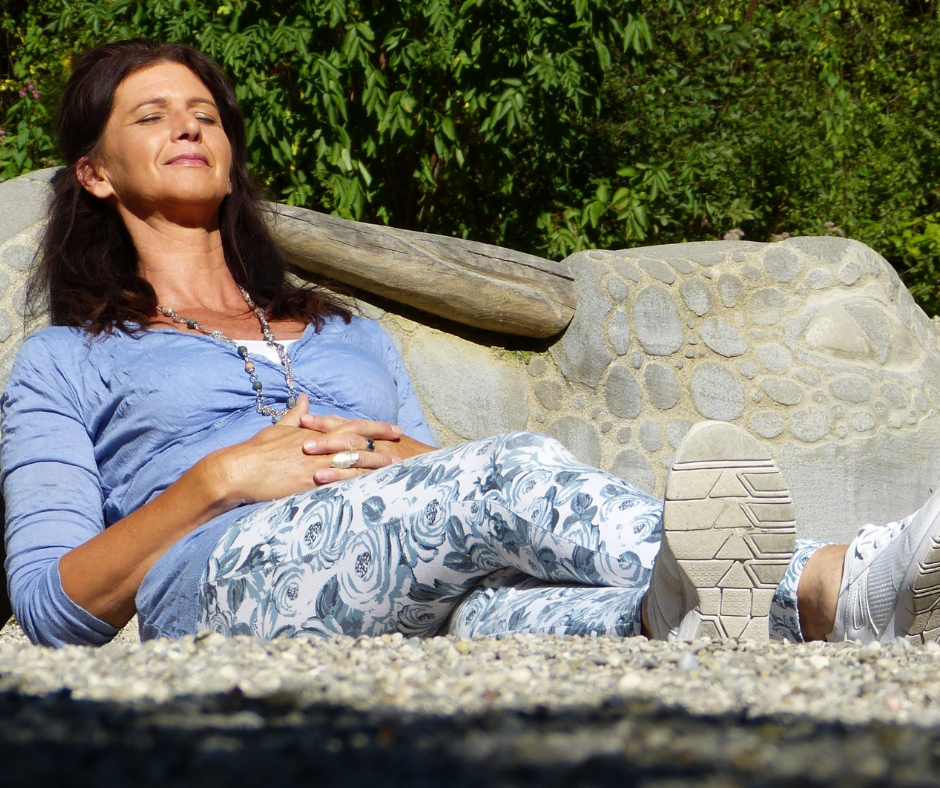
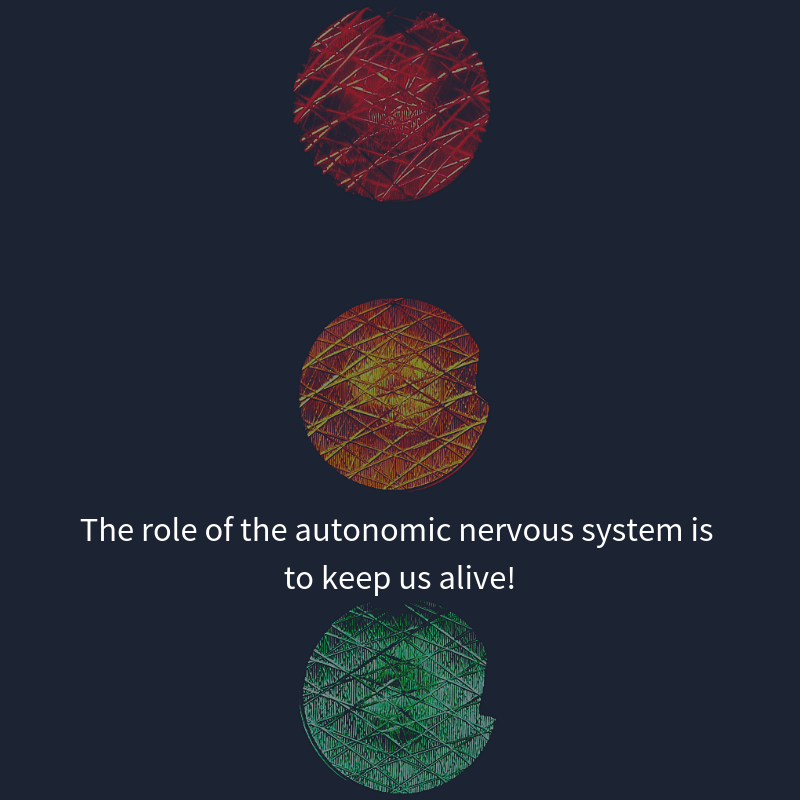
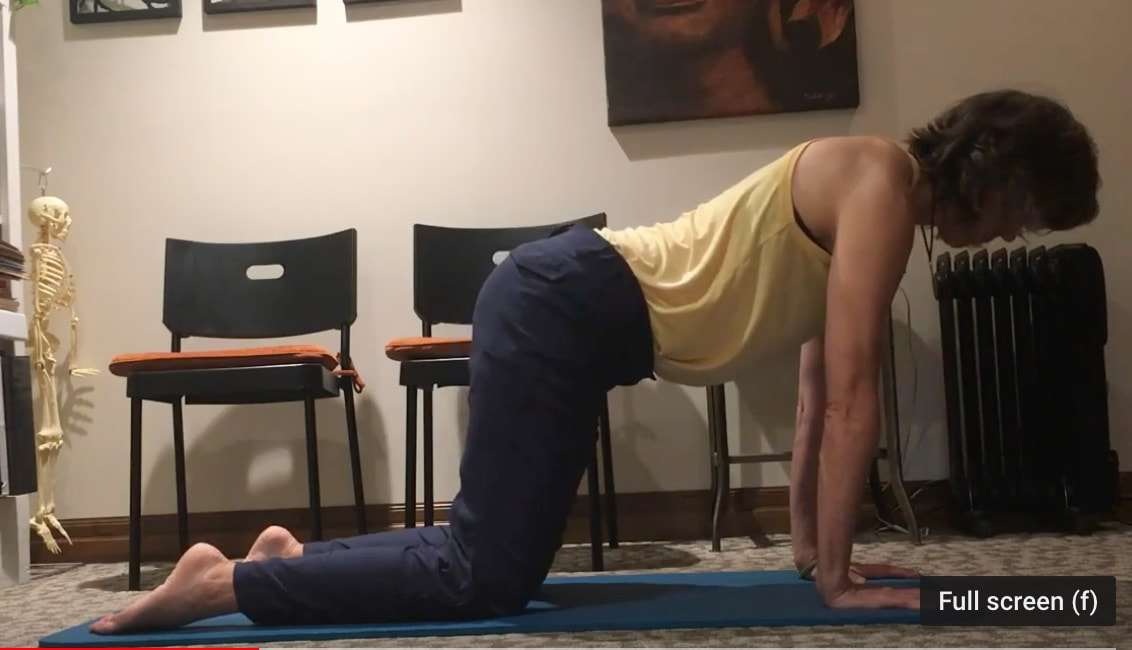




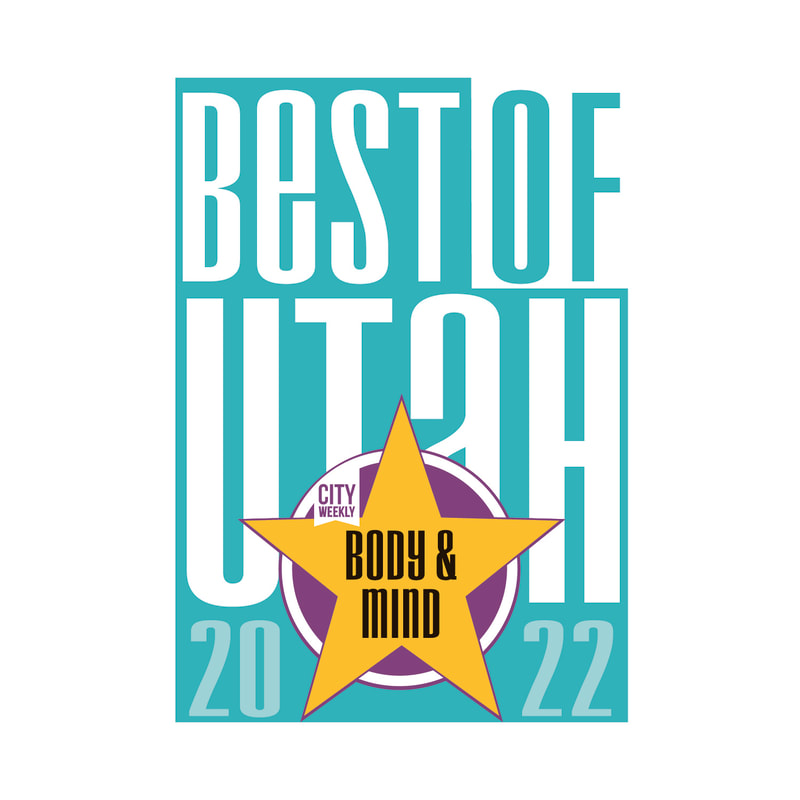



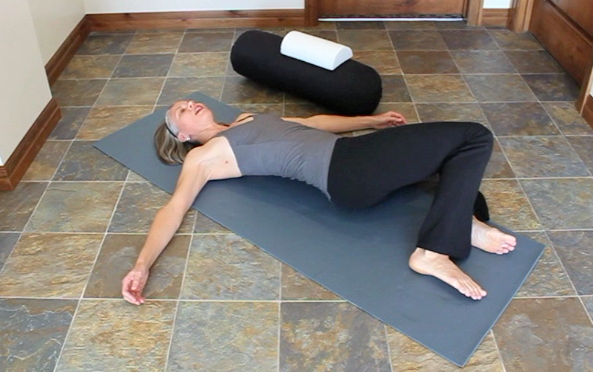
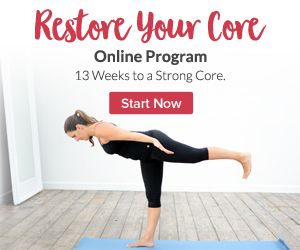
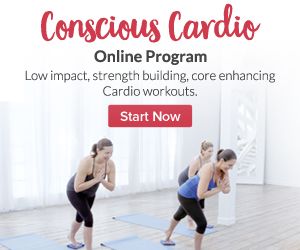
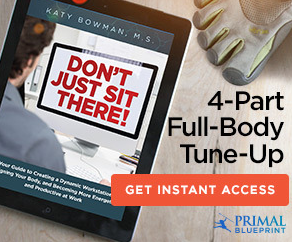
 RSS Feed
RSS Feed